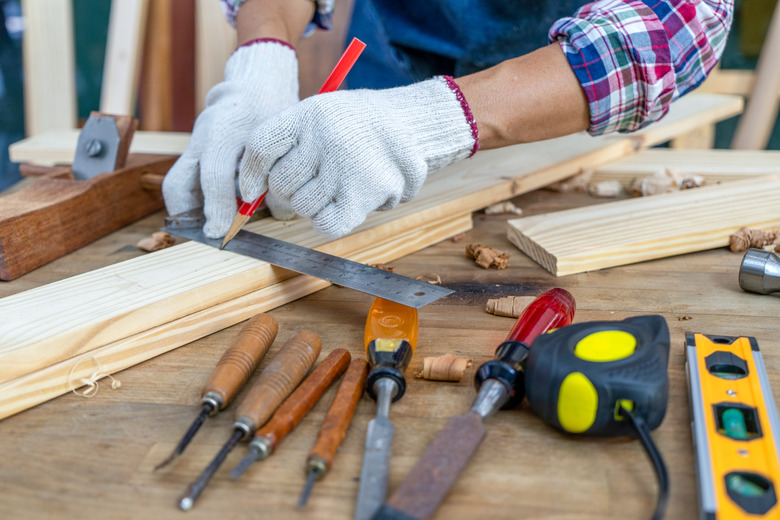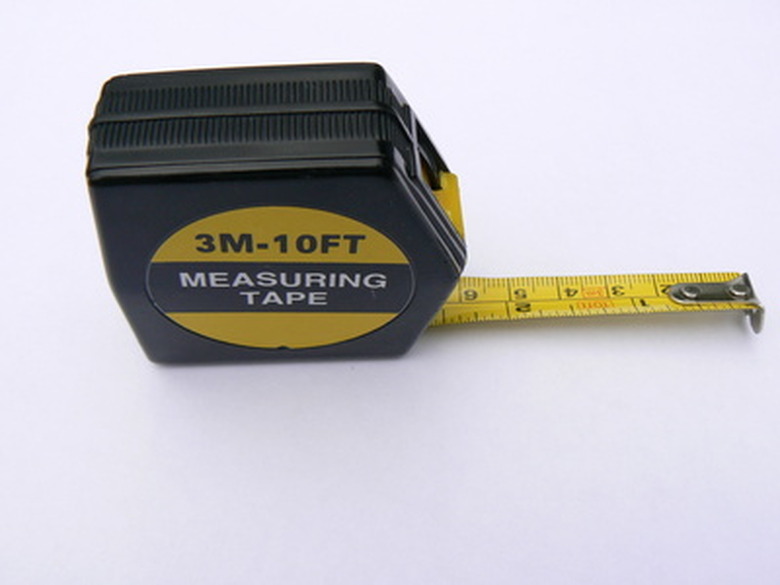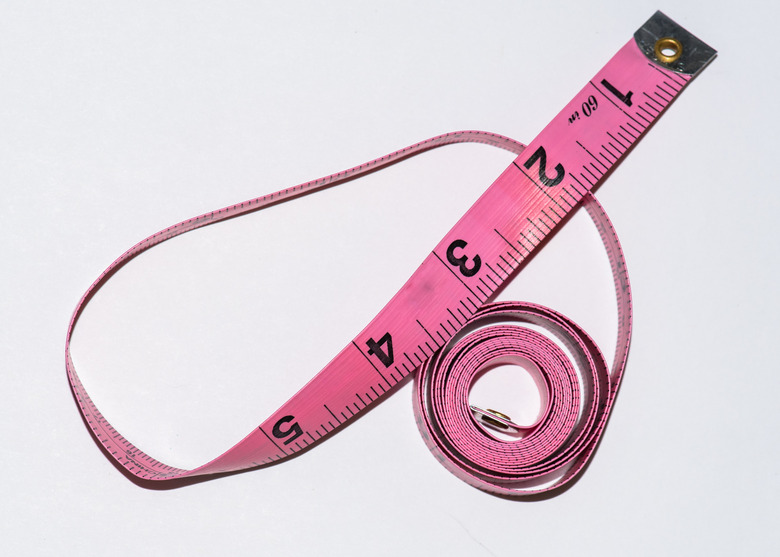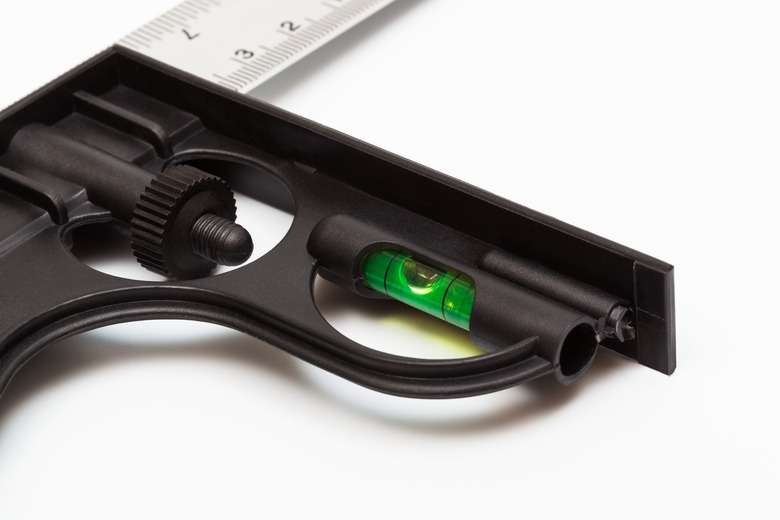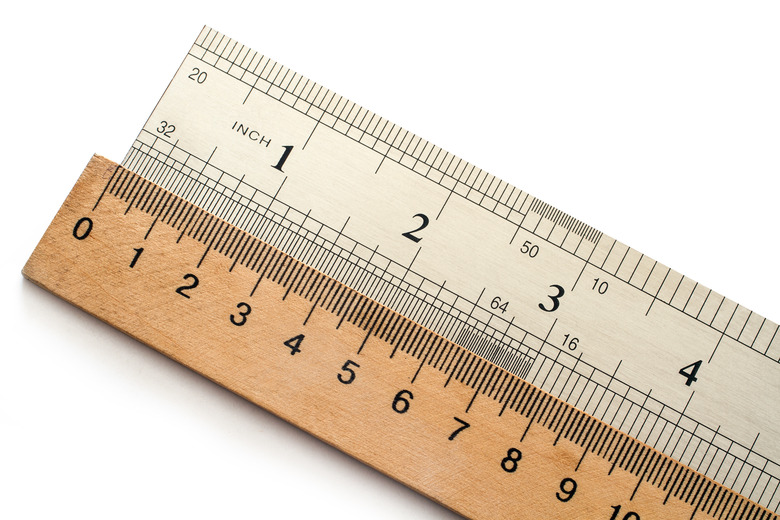5 Measuring Tools Every Homeowner Needs
We may receive a commission on purchases made from links.
Whether you're an avid DIYer or you rarely take on a project unless it's out of necessity, it's important to have a few measuring tools at your disposal. A retractable tape measure is among the most useful, while a combination square serves several purposes. When you own a home, there's almost always a plethora of potential projects to tackle, and many of them require at least some form of measuring.
1. Retractable Metal Tape Measure
1. Retractable Metal Tape Measure
A retractable metal tape measure that locks might be the most versatile measuring tool for general around-the-home projects. It's ideal for taking relatively small measurements, such as the width of a porch railing, as well as lengths a ruler can't handle, such as the height of the ceiling. This type of tape measure has a little flexibility, but it's not nearly as flexible as a soft tape measure. They're also available in assorted lengths.
The stiffness of a metal tape measure makes it ideal if you're measuring something relatively long, such as the height of a door, without a friend handy to hold the other end. The hook at the end of the tape grasps onto the end of such items, while the hole in the hook comes in handy if you want to attach it to a nail for some carpentry-related projects. A retractable metal tape measure is perfect for measuring straight items along a single plane, but it's not the right tool for measuring circumferences or oddly shaped items.
2. Soft Tape Measure
2. Soft Tape Measure
A soft tape measure is the go-to tool when complete flexibility is needed, such as measuring the top and bottom circumference of a porch pillar or measuring inside and outside curves. Some of these are large and durable and have a thumb lock like the standard retractable metal tape measures, while others are small discs that are easy to stash in a pocket. The cheaper, smaller sewing-kit variety may be ample for general household purposes, but if you frequently need to measure large curved surfaces, the heavy-duty type may be worth your investment.
3. Ultra-Useful Combination Square
3. Ultra-Useful Combination Square
A combination square comes in handy for many purposes. The blade has measurements marked on it, allowing it to serve as a ruler, while the anvil, or straight part of the handle, sits at a perfect 90-degree angle from the blade. The shoulder, or angled part of the handle, is at a 45-degree angle. Between the blade, the anvil, and the shoulder, it's simple to mark or verify parallel lines, perpendicular lines, and 45-degree angles. The bubble vial in the handle allows you to use the device as a simple spirit or bubble level, so this is one extremely useful tool.
4. Easy-to-Read Durable Ruler
4. Easy-to-Read Durable Ruler
A ruler that's at least 1 foot long is another must-have measuring tool. Look for one with easy-to-read numbers. A metal or stiff plastic ruler is a great choice, as it also serves as a straightedge. Sometimes, wood rulers are soft and likely to get dings and dents over time, so they're not as useful as straightedges.
5. Easy-to-Read Yardstick
5. Easy-to-Read Yardstick
A yardstick is also super useful to have on hand and even more so if it's metal or made of a hardwood that won't dent easily. Some of the more elaborate wood yardsticks have brass ends for added durability. A yardstick is ideal for projects when you just need a quick reading, such as measuring the height of a tabletop, a chair seat, or a countertop. If it's made of a durable material, it also serves as an excellent straightedge when plotting out long cuts or when making score lines on drywall.
